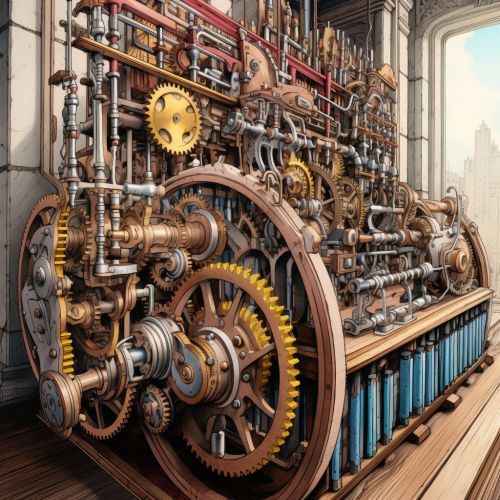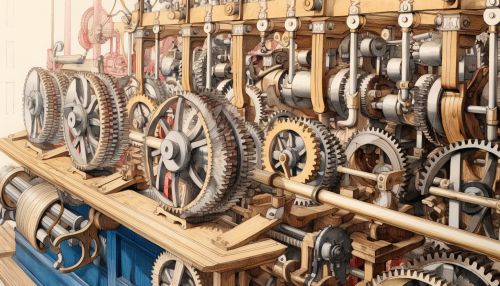Analytical Engine
Introduction
The Analytical Engine was an early mechanical general-purpose computer, designed by English mathematician and inventor Charles Babbage. Although it was never fully constructed during Babbage's lifetime, its design laid the foundation for the modern field of computer science and introduced many concepts that are still used in today's computers.
Design and Functionality
The Analytical Engine was designed to be a fully programmable, automatic mechanical computer. It was to be powered by a steam engine and would use punched cards, a method used in the Jacquard loom, to input instructions and data. The machine was composed of two main parts: the "store" where data was held, and the "mill" where calculations were performed. This separation of data and processing is a fundamental concept in modern computer architecture, known as the Von Neumann architecture.


Programming the Analytical Engine
The programming of the Analytical Engine was to be done using two types of punched cards. One type was used to input the instructions, or the program, and the other type was used to input the data. This concept of separate instruction and data storage is another fundamental concept in modern computing, known as the Harvard architecture. The machine was capable of performing a variety of arithmetic operations, including addition, subtraction, multiplication, and division, as well as more complex operations such as calculating square roots.
Legacy
Despite never being fully built, the Analytical Engine had a profound impact on the development of computer science. The concepts it introduced, such as programmability and the separation of data and processing, are still fundamental to modern computing. The machine also inspired other inventors and scientists, such as Ada Lovelace, who is often credited with writing the world's first computer program, specifically for the Analytical Engine.
